Innova Swing EX Inflatable Kayak Review
This is an Innova Swing EX Inflatable Kayak Review.
Let me preface the following remarks by saying that because I am a fisherman who lives in Florida, my preference is for a sit-on-top kayak. The Swing EX is a sit-inside.
It’s the most comfortable sit-inside I’ve tried. But we get ahead of ourselves.
Innova kayaks are built in the Czech Republic. My guess is that the assembly instructions are translated from Czech into English. The instructions weren’t clear to me, and I had to go to YouTube and find a video in order to get the boat assembled the first time. Once you understand how it goes together, though, assembling this boat is quite simple.
One caveat- inflating the boat. The kayak has three valves that allow you to fill the three chambers with air. The valves have a red dot in their center, which can lock them closed or open. If the valve is locked open, when you remove the fitting from the air pump all the air you just pumped into the chamber comes rushing right back out. This is disconcerting if you don’t understand how the valve functions.
Of course at first I didn’t. I had to play around with that first valve. You simply push down on the red dot to set it to the other mode, as it were. Then when you remove the air pump fitting, the air stays in the chamber.
When you want to deflate the chamber, you just press the red button. Once you’ve figured it out, you have to admire the clever design.
Clever design features were not limited to the valves, though.
The seat is inflatable (you use for lungs for this), quite comfortable, and quite adjustable, with three straps holding it in the desired position. The footrest likewise is inflatable, with a single strap holding it in the desired position. It’s easy enough to adjust that I easily adjusted it to my liking during my water tests of the boat.
Bungees and cargo nets across the decks fore and aft allow you to store small items securely, with immediate access.
For larger items, you’ll find ample cargo space in front of the footrest and behind the seat. Access these spaces through two zippers that run parallel to the long axis of the boat, one fore, one aft. My tests were without significant cargo.
I found the boat to be well designed and well made. There was nothing cheap or chintzy about it.
The Swing’s initial water test was on a small local lake. Winds were light, quite a lovely day, actually.
A removable fin keel kept the vessel tracking remarkably straight. I was pleasantly surprised at how easy the Swing was to paddle, and how well it tracked. Paddling the Swing EX was a little more clumsy than paddling my Prowler. Because in the Swing you sit in a hole on the top of the boat, you need to keep your arms up higher than when paddling the SOT. In my opinion, this was a little more clumsy.
The second test was on the Econlockhatchee, a small river near my home. I brought a fishing rod. Any boat I own has to have fishability.
For the same reason as in paddling, fishing from the Swing was clumsy. I kept hitting the edge of the cockpit with the line, or the reel, and had to hold my arms up higher than I am accustomed to. That having been said, I did catch two bass in two hours, and missed another strike. So you can fish from the boat. Be careful with sharp objects, though. It is an inflatable, after all.
While the Prowler is better for fishing, and I’m unlikely to get rid of it, the Swing has some advantages over it. For one thing, although they are the same length when the Swing is inflated, it weighs about half of the Prowler’s 55 pounds. For another thing, with the Swing you don’t need roof racks or a trailer. It comes in a backpack. You can assemble it in minutes when you get to the water. When you’re done you can fold it up and put it back in the pack, or let just enough air out to shove it in the trunk or in the back of the van.
For folks with storage space issues, the Swing makes way more sense. It fits in a backpack. A hard kayak’s length doesn’t change. The Swing is way more “storable”.
All-in-all I think the Innova Swing EX Inflatable Kayak is a neat little boat. While it doesn’t fit my particular needs very well, I can see where it would fit the needs of any paddlers who require a boat they can store and transport easily. At $1000 it’s certainly affordable. You could do much, much worse.
And that is my Innova Swing EX Inflatable Kayak Review!
John Kumiski
www.spottedtail.com
http://www.spottedtail.com/blog
www.johnkumiski.com
www.rentafishingbuddy.com
https://www.smashwords.com/profile/view/jkumiski
All content in this blog, including writing and photos, copyright John Kumiski 2016. All rights are reserved.
|
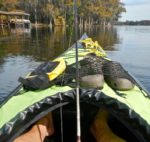
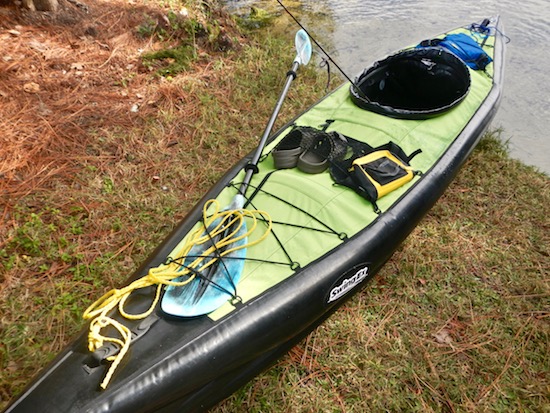
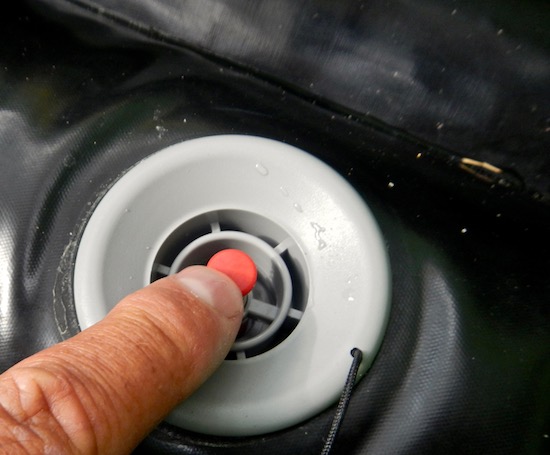
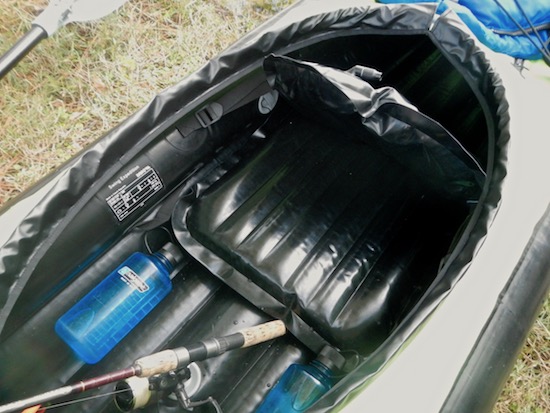
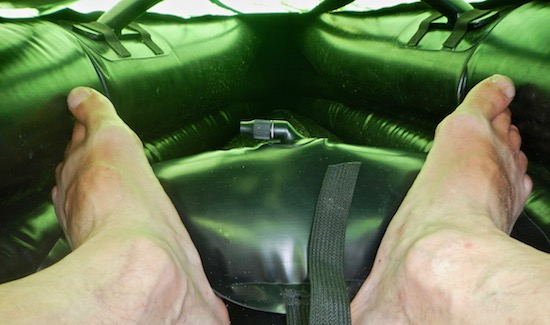
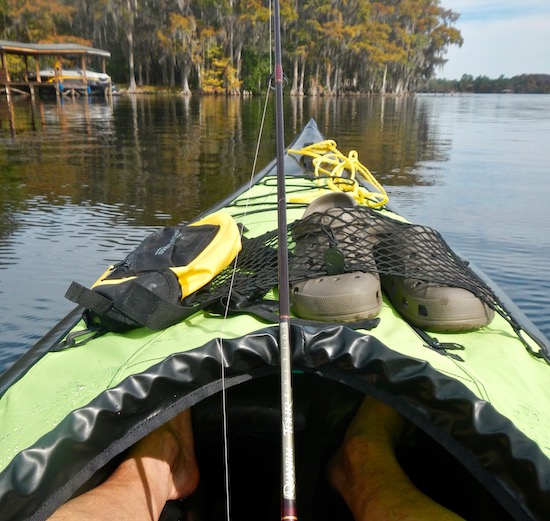
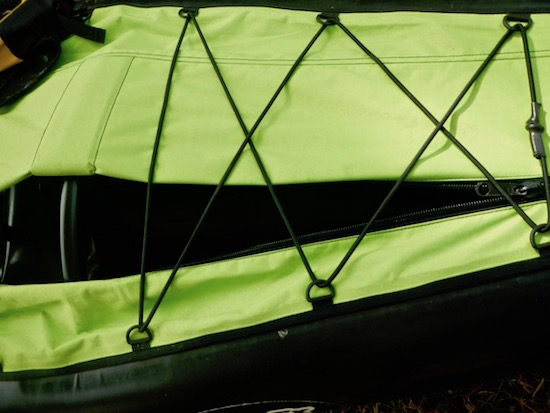
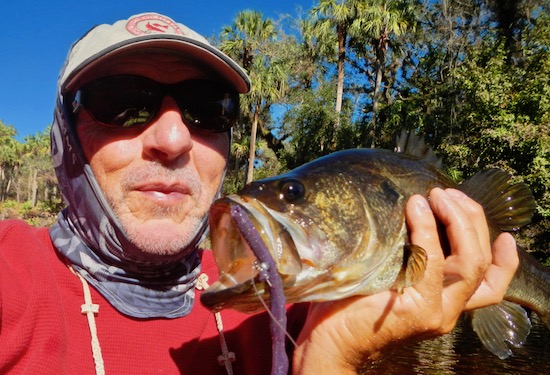
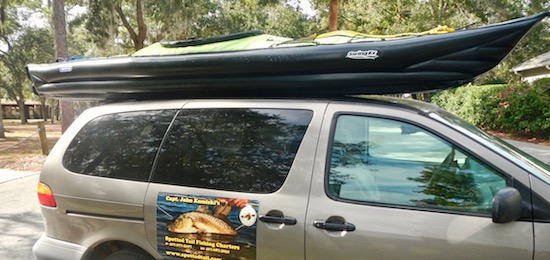
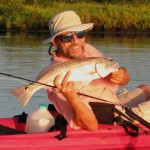
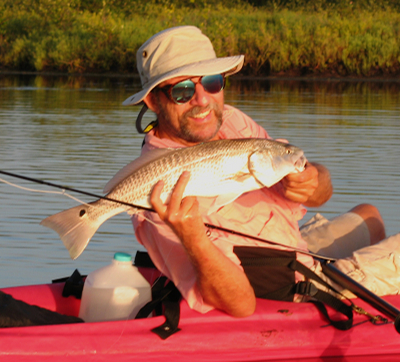
Recent Comments